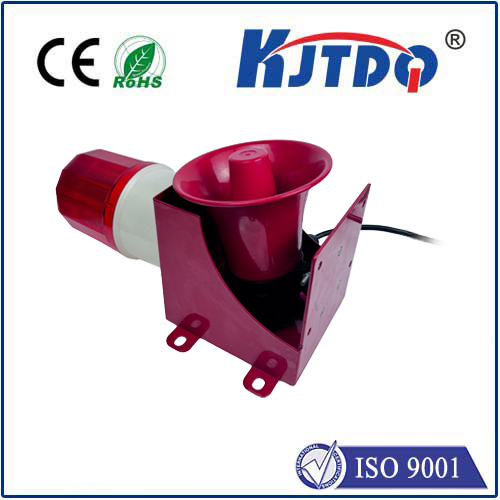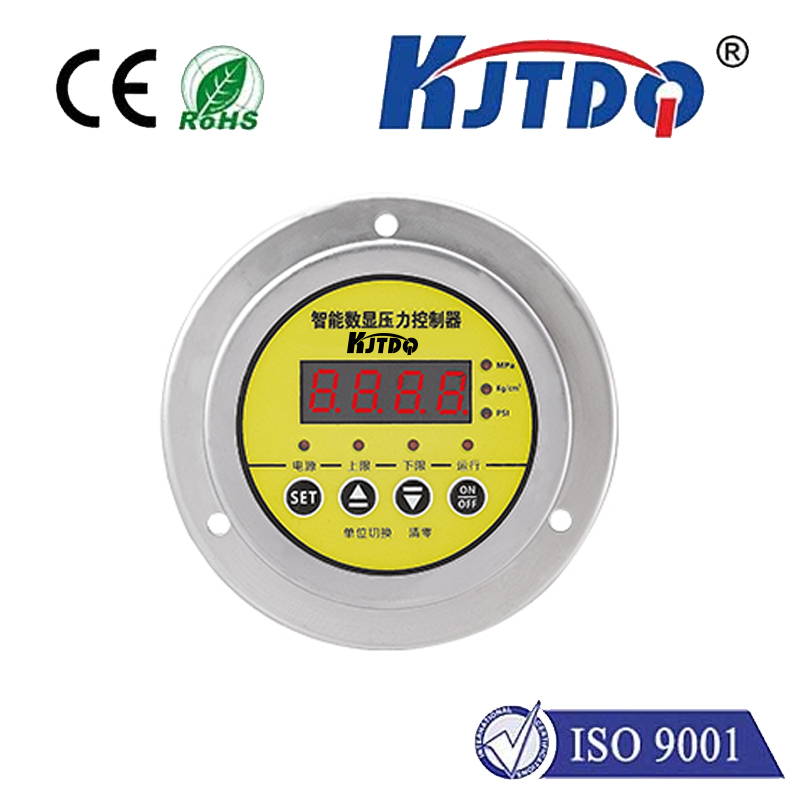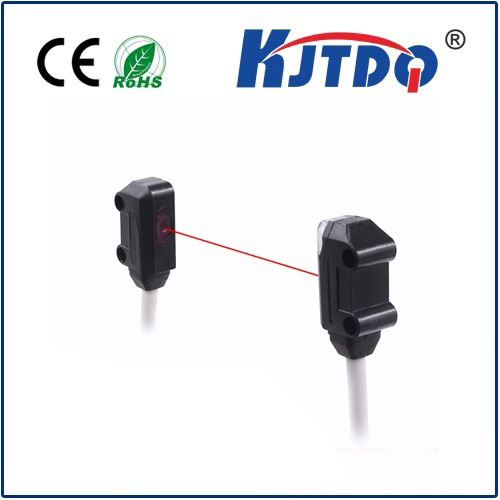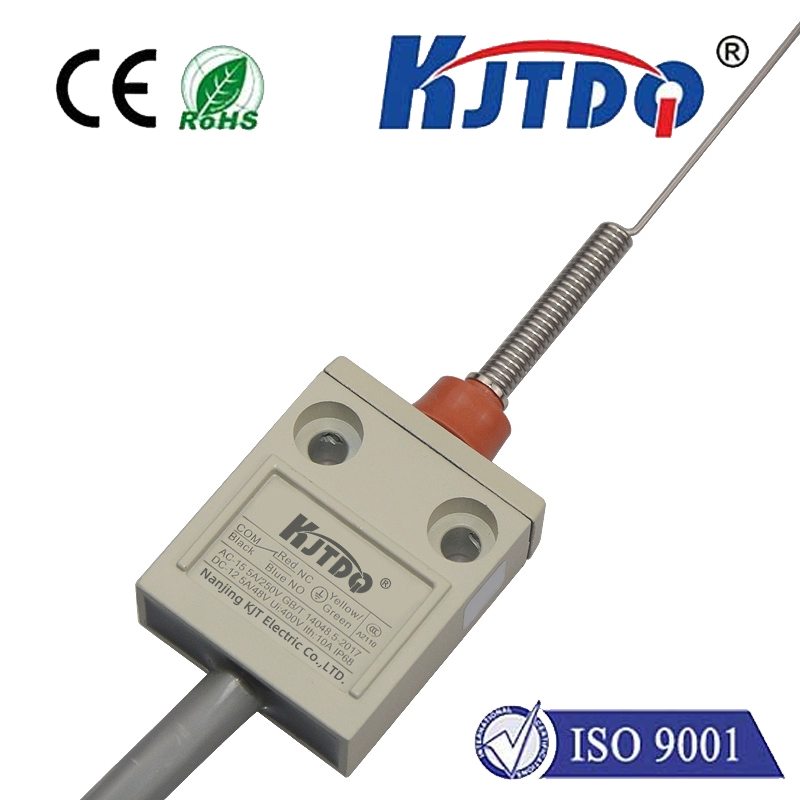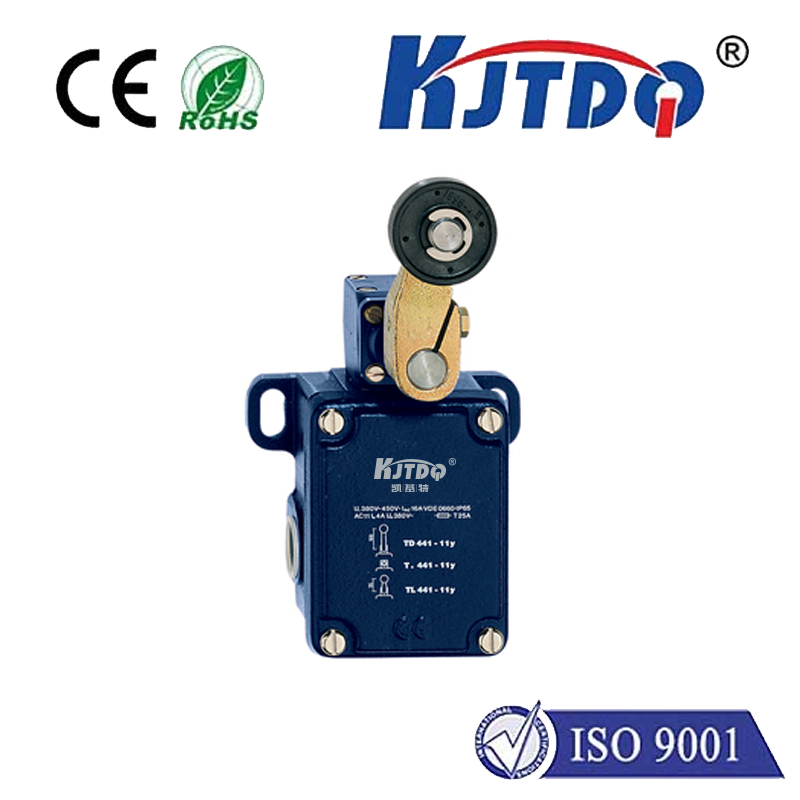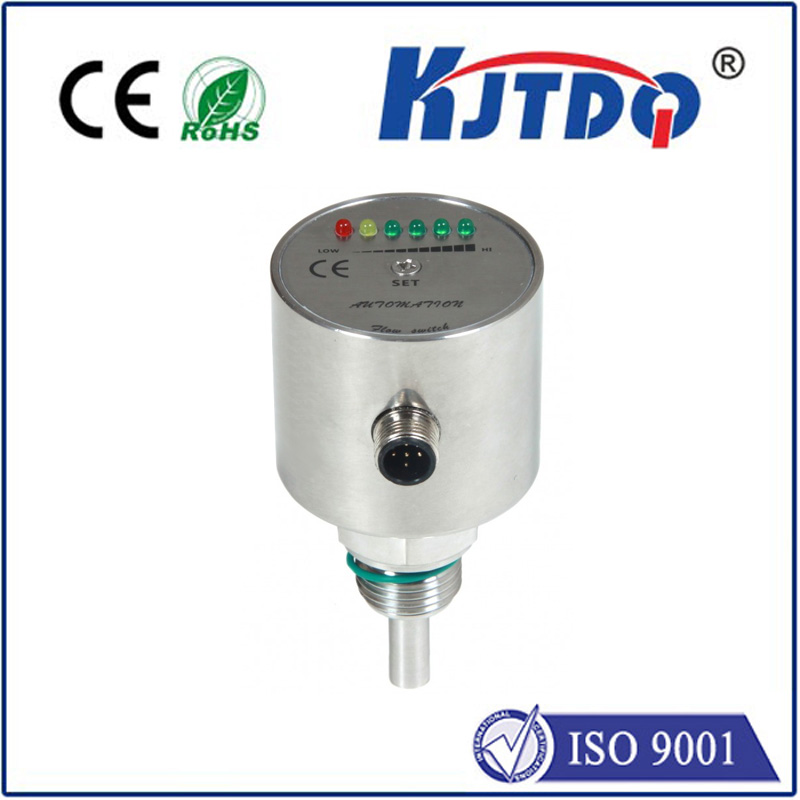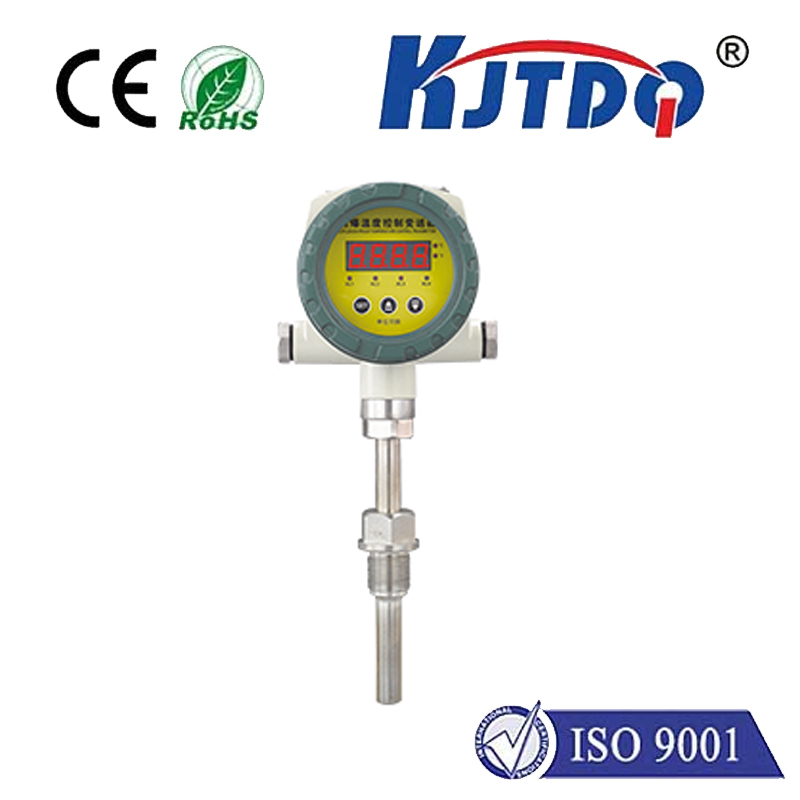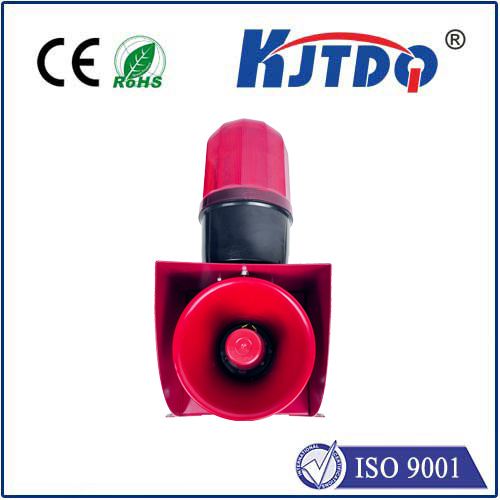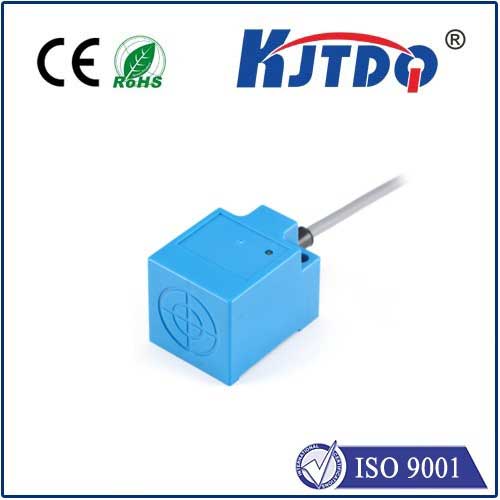
check

check

check

check
Proximity switches, especially normally closed (NC) types, have gained widespread popularity in automation and control systems due to their unique features. In this article, we will delve into the fundamental working principles of NC proximity switches and their applications in different industries.
First and foremost, let's define what a normal closed proximity switch is. It is a type of sensor that uses infrared (IR) or optical technology to detect the presence or absence of an object. When an object comes into contact with the switching elements within the switch, it completes a circuit, which triggers an electrical signal. The switch can then operate accordingly, turning on or off a connected device.
One of the key advantages of NC proximity switches is their ability to operate in high-voltage environments without risking electrical shock. They are also highly reliable and provide accurate detection results, even in harsh conditions such as dusty or oily environments. This makes them ideal for use in various industrial sectors, including manufacturing, automotive, food processing, and packaging.
In the manufacturing sector, NC proximity switches are commonly used for motion control, safety monitoring, and machine monitoring. For instance, they can be installed on machines to detect when they have come to a stop after operation, preventing damage from overheating or overloading. Similarly, they can be used in hazardous areas to trigger an alarm if an employee approaches too closely to a dangerous piece of equipment.
In the automotive industry, NC proximity switches are employed for various purposes such as engine start-stop control, door control, and anti-collision systems. By detecting when the driver's side door is opened or closed while the car is running, these switches ensure proper safety measures are taken. Additionally, they help prevent collisions with other vehicles or objects on the road.
In the food processing industry, NC proximity switches play a crucial role in ensuring hygiene and safety standards are met. They can be installed in cleaning rooms to turn off equipment when personnel enter, preventing contamination from residual liquids or debris. Moreover, they can be used to monitor the temperature and humidity levels within storage facilities to prevent spoilage of perishable goods.
Finally, in the packaging industry, NC proximity switches are utilized for automatic packaging and labeling systems. By detecting the presence of an object or product, these switches trigger the machinery to package and label it accurately and efficiently. This not only saves time but also ensures consistent quality standards across batches.
In conclusion, NC proximity switches have revolutionized automation and control systems by providing precise and reliable sensing capabilities in various industries. From manufacturing to automotive, food processing to packaging, these switches have proven to be essential components that enhance safety, efficiency, and productivity in modern workplaces.
